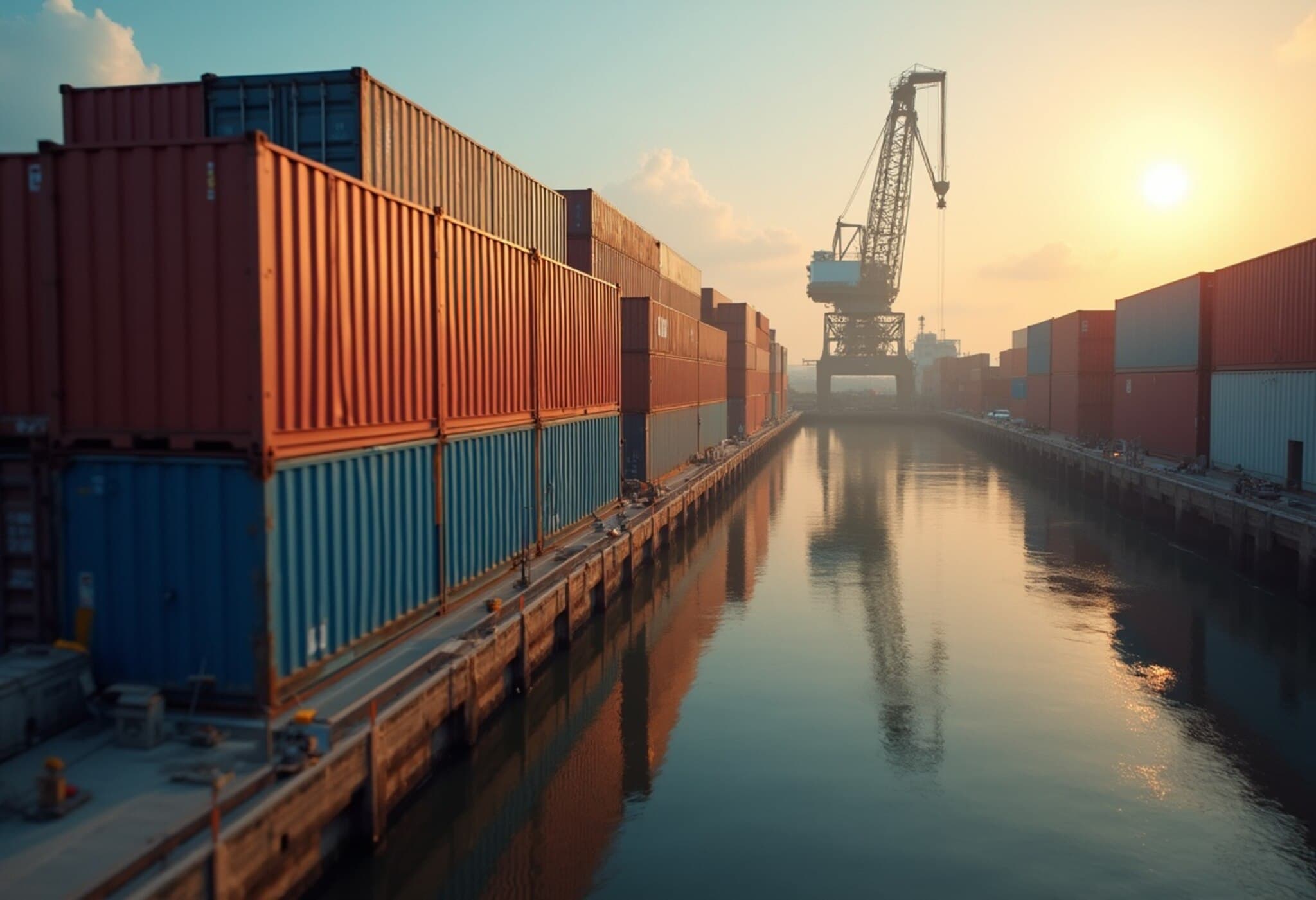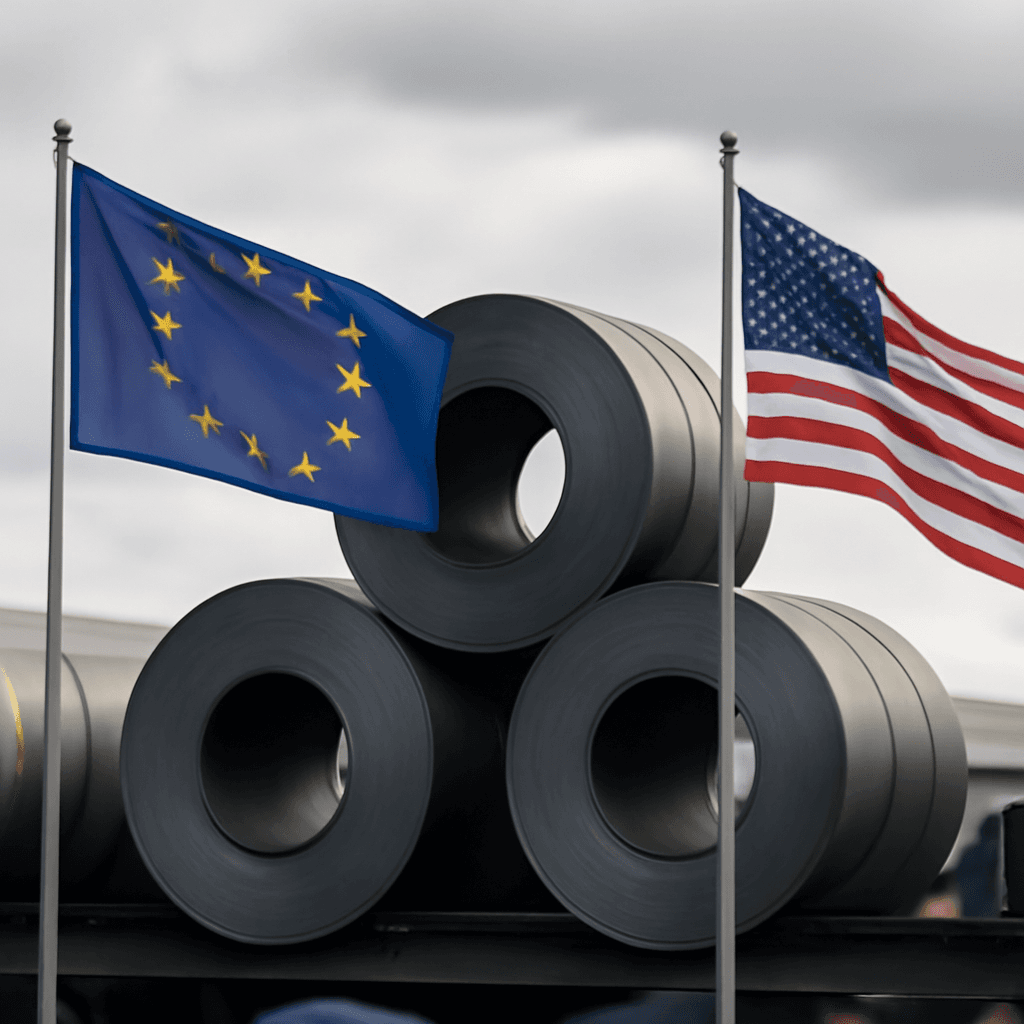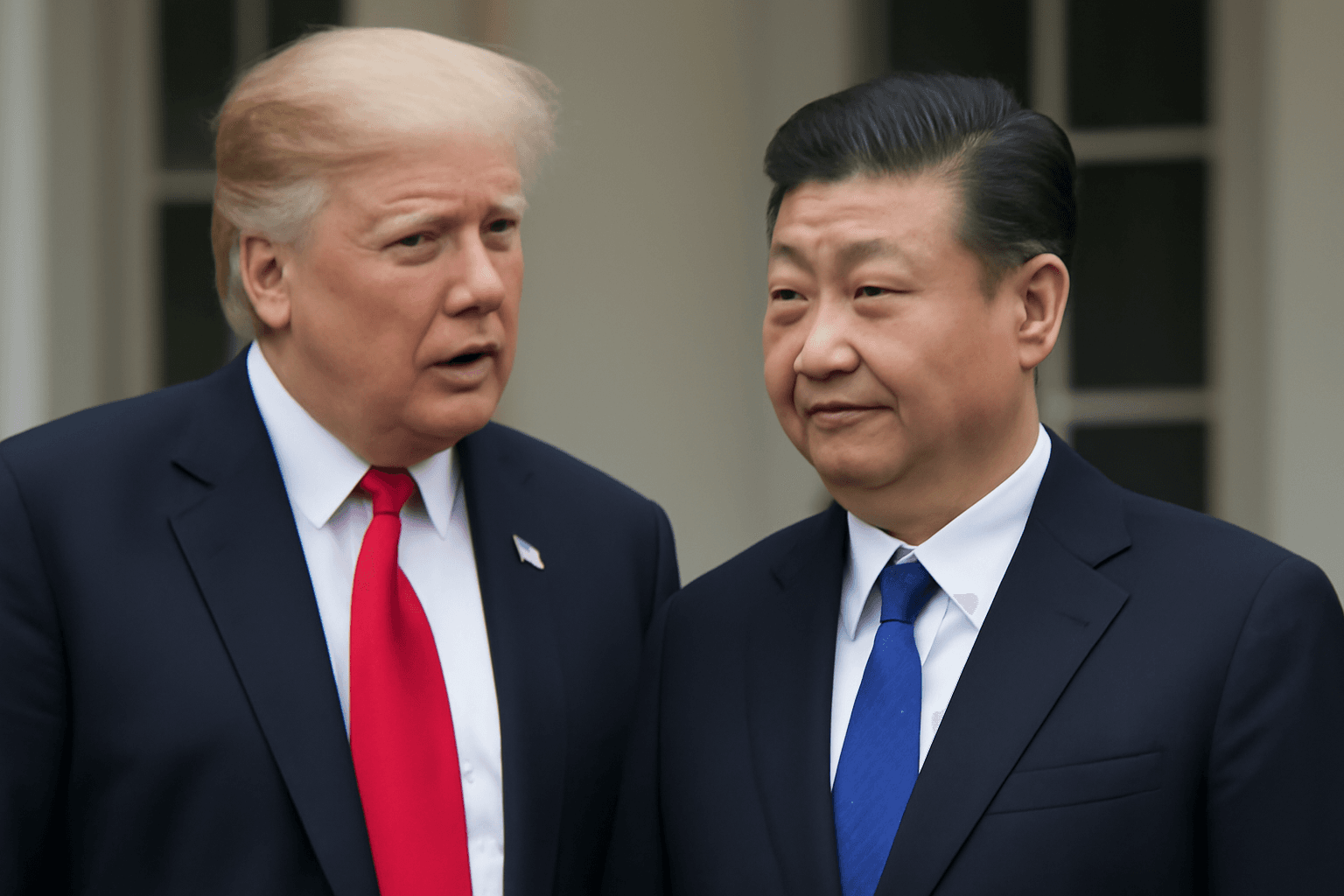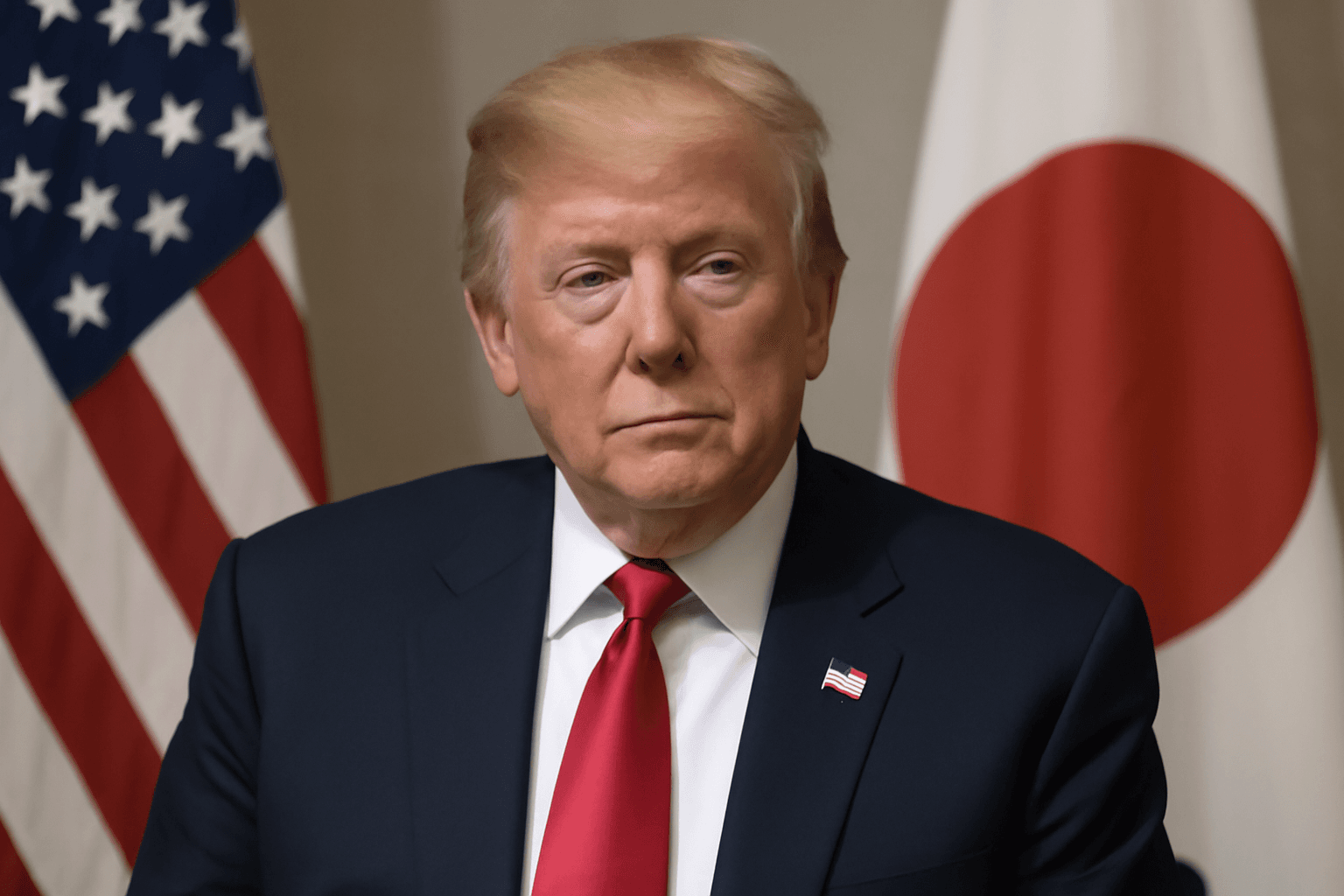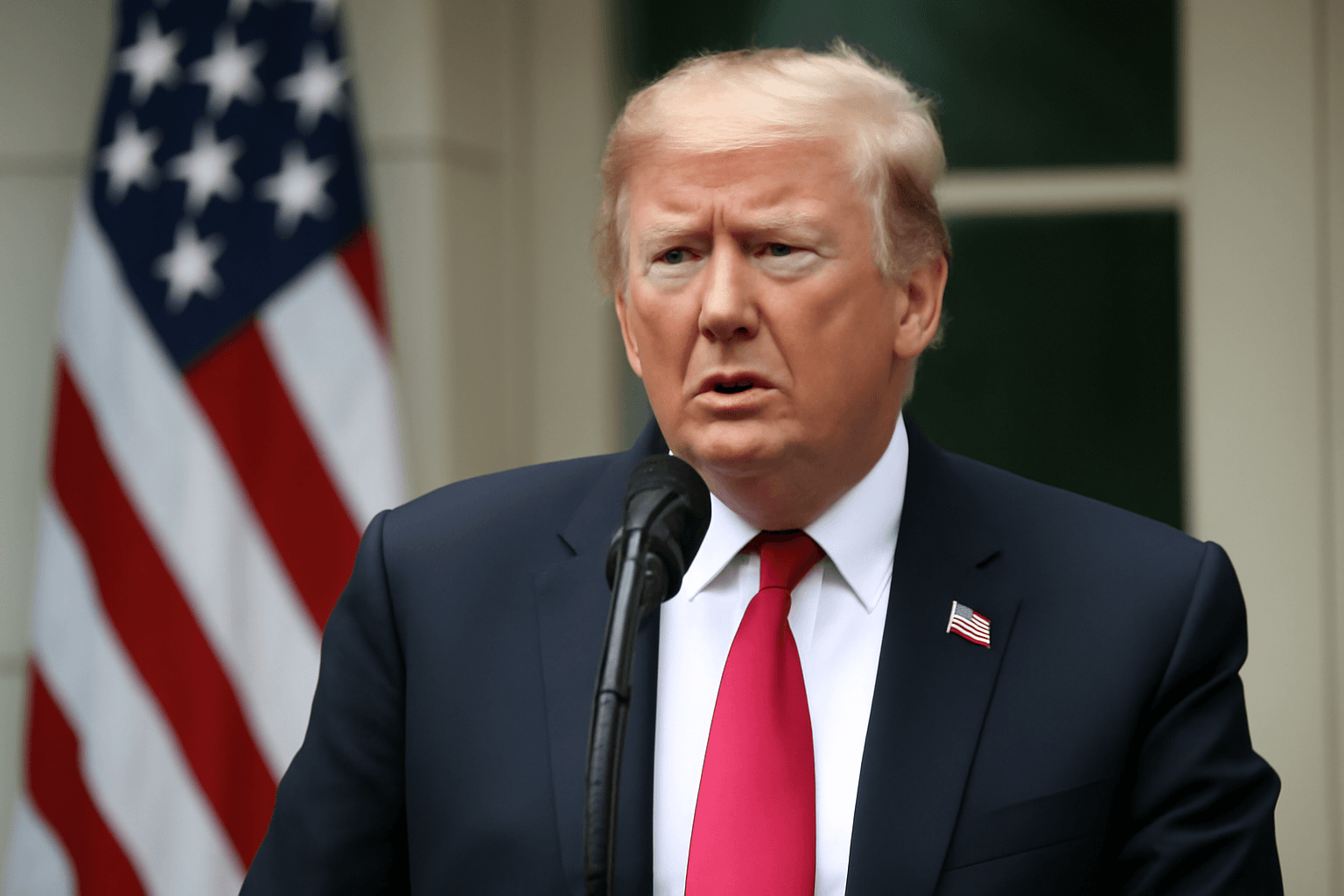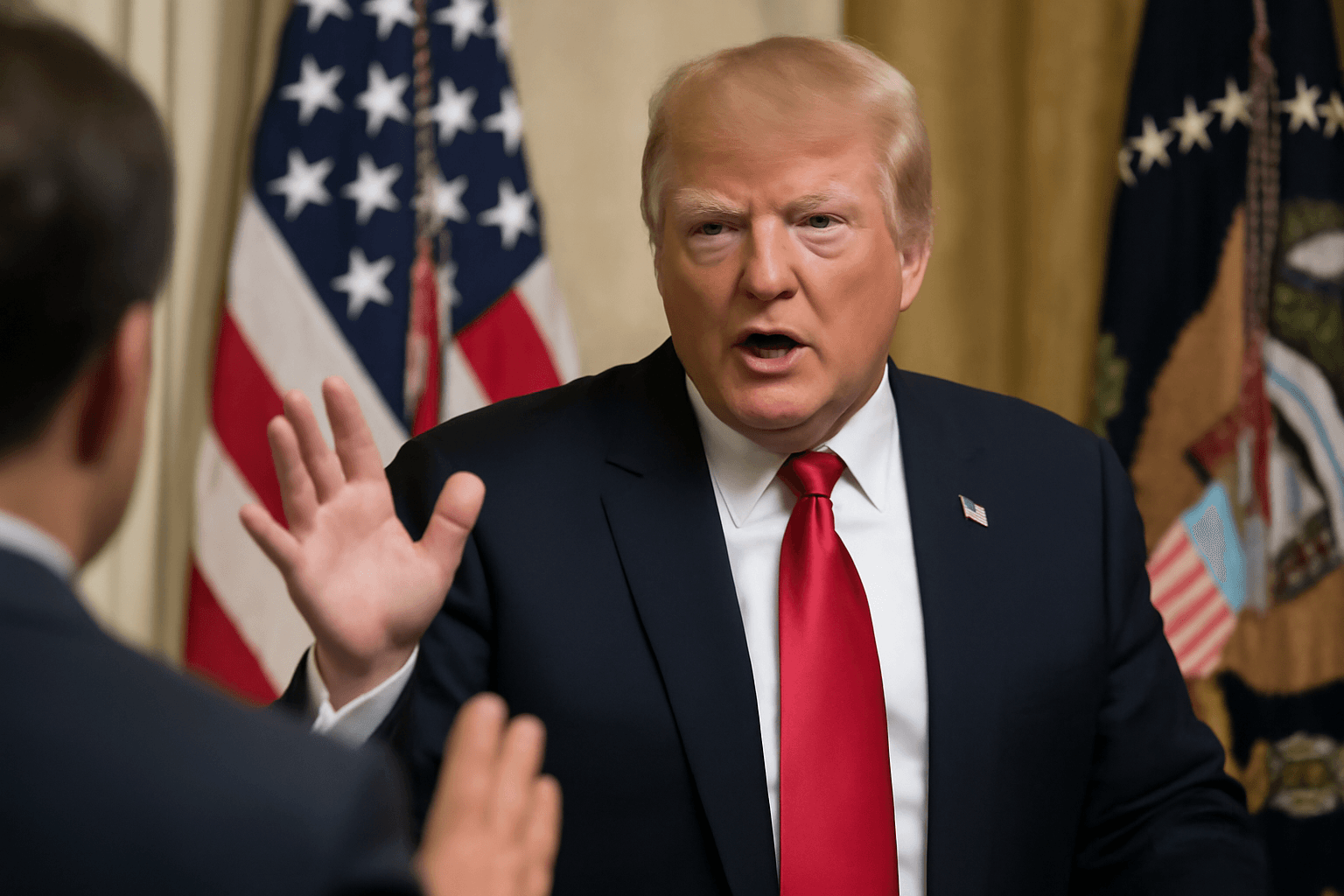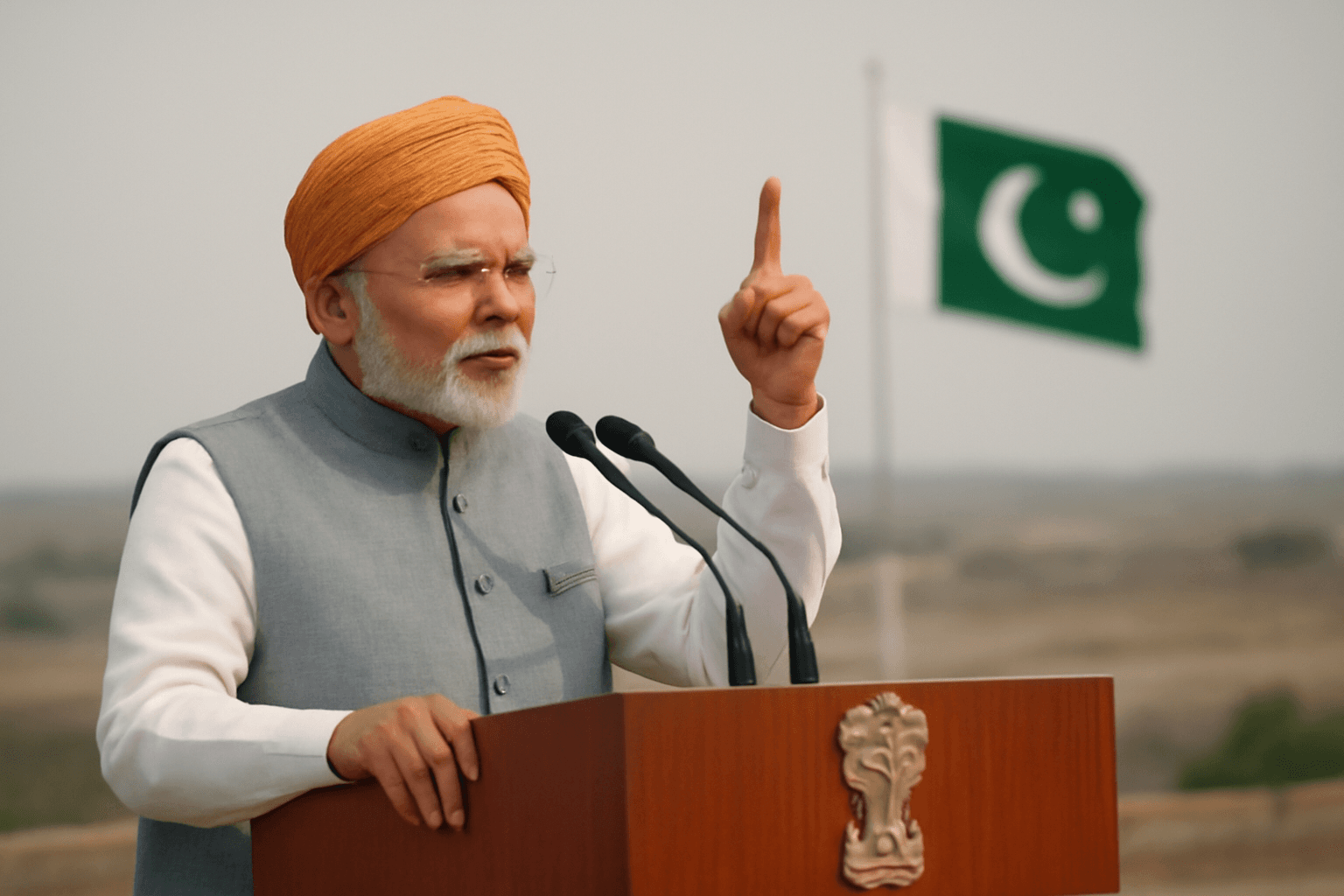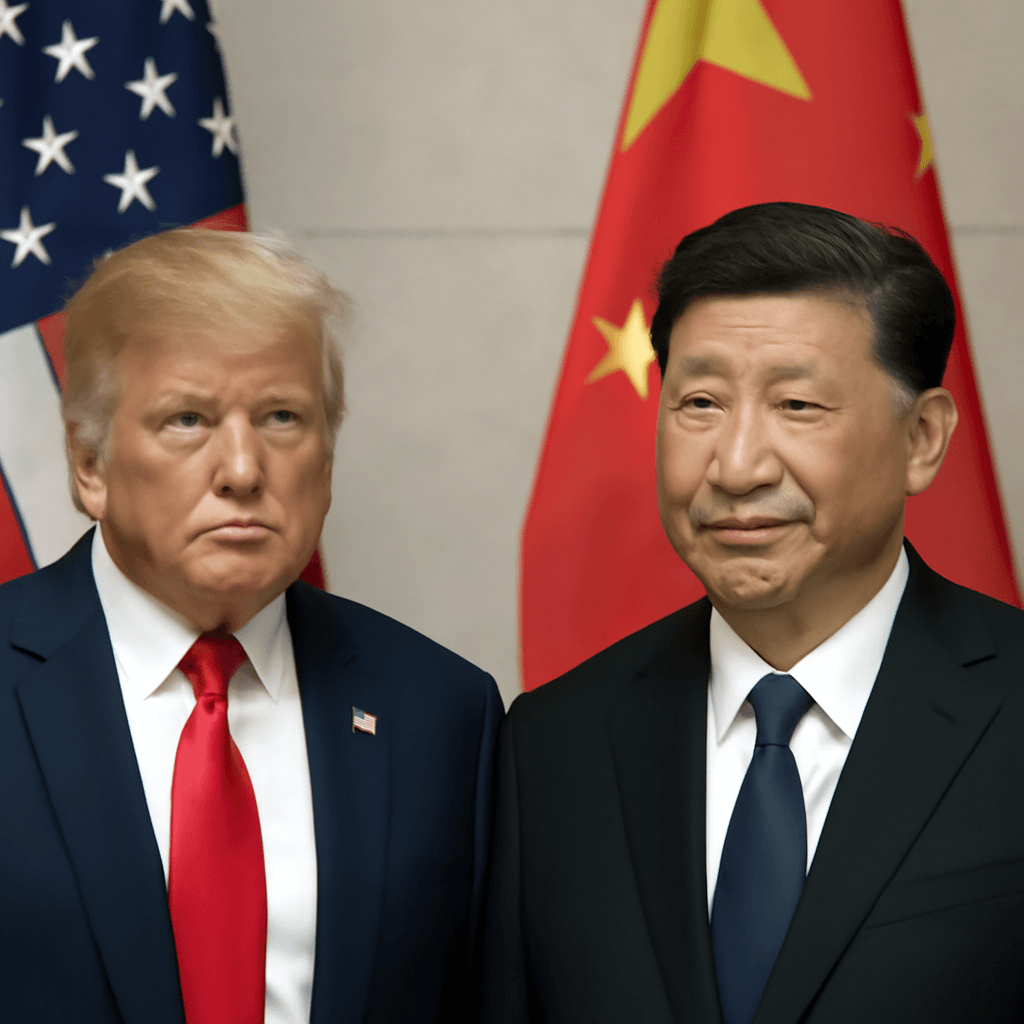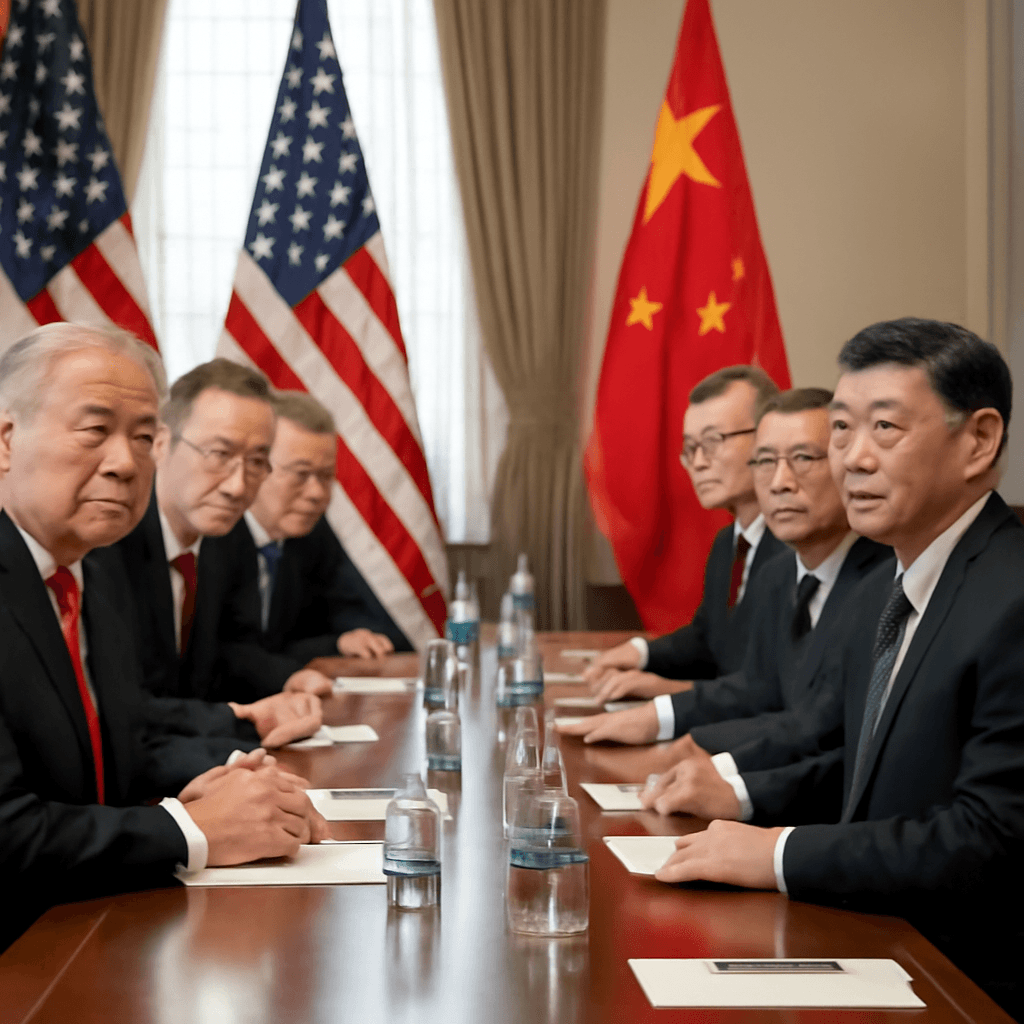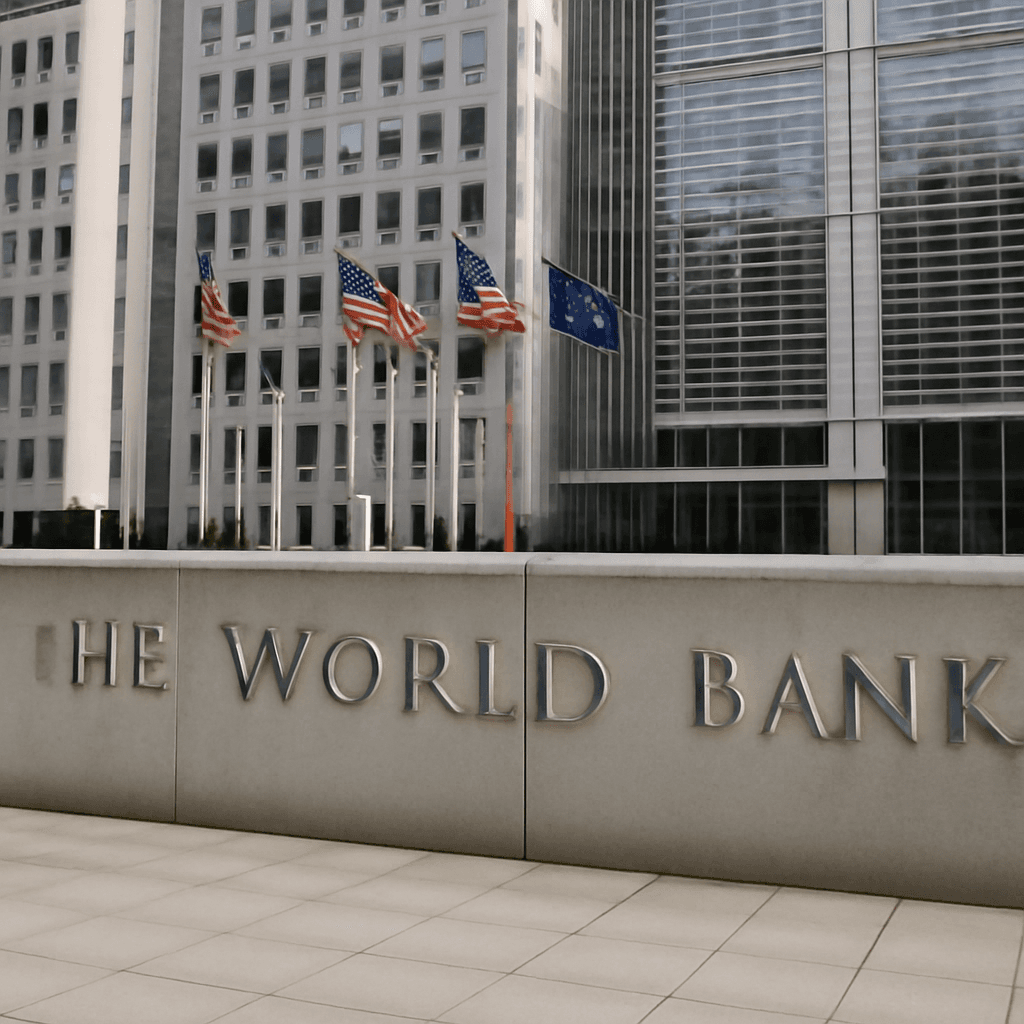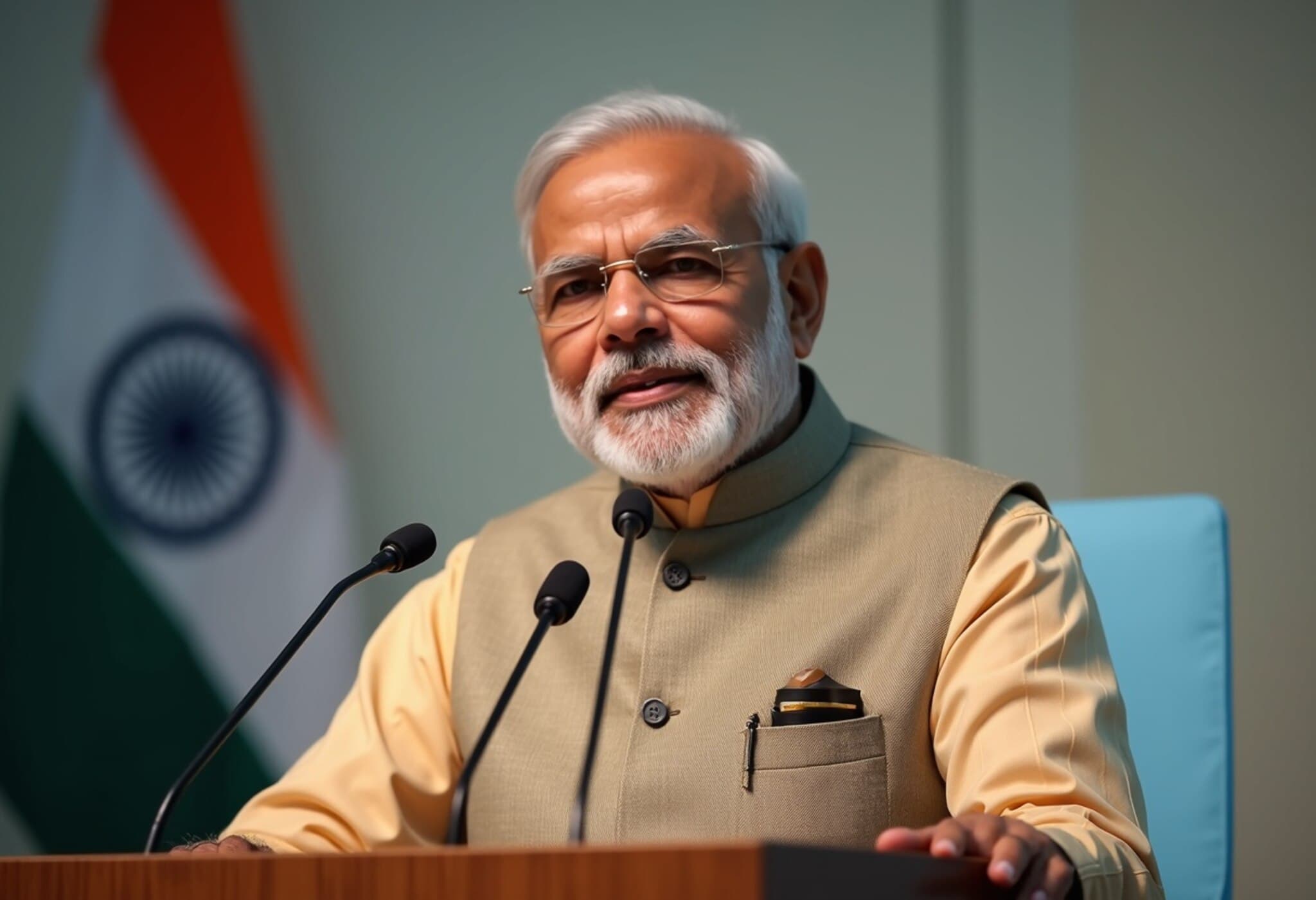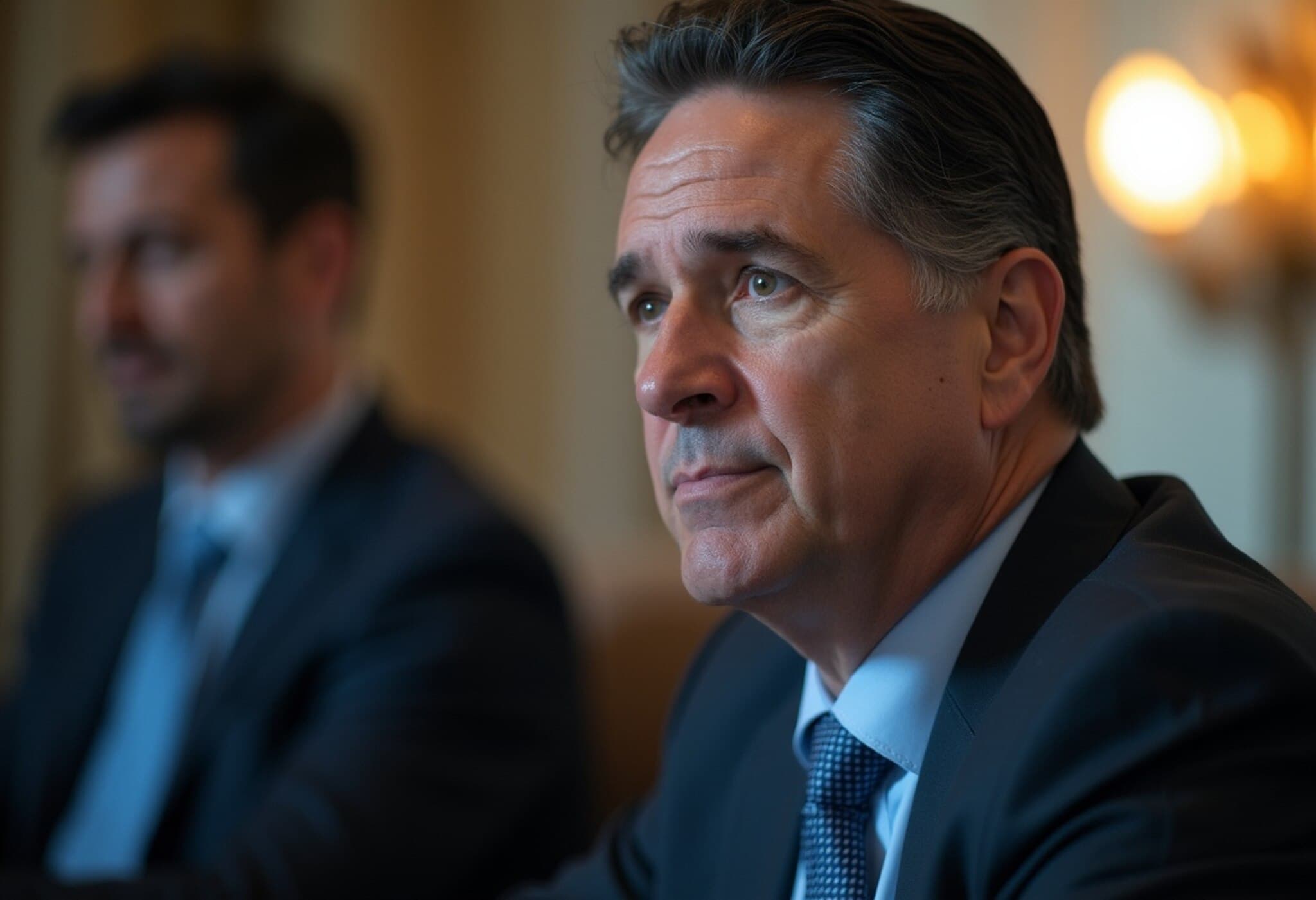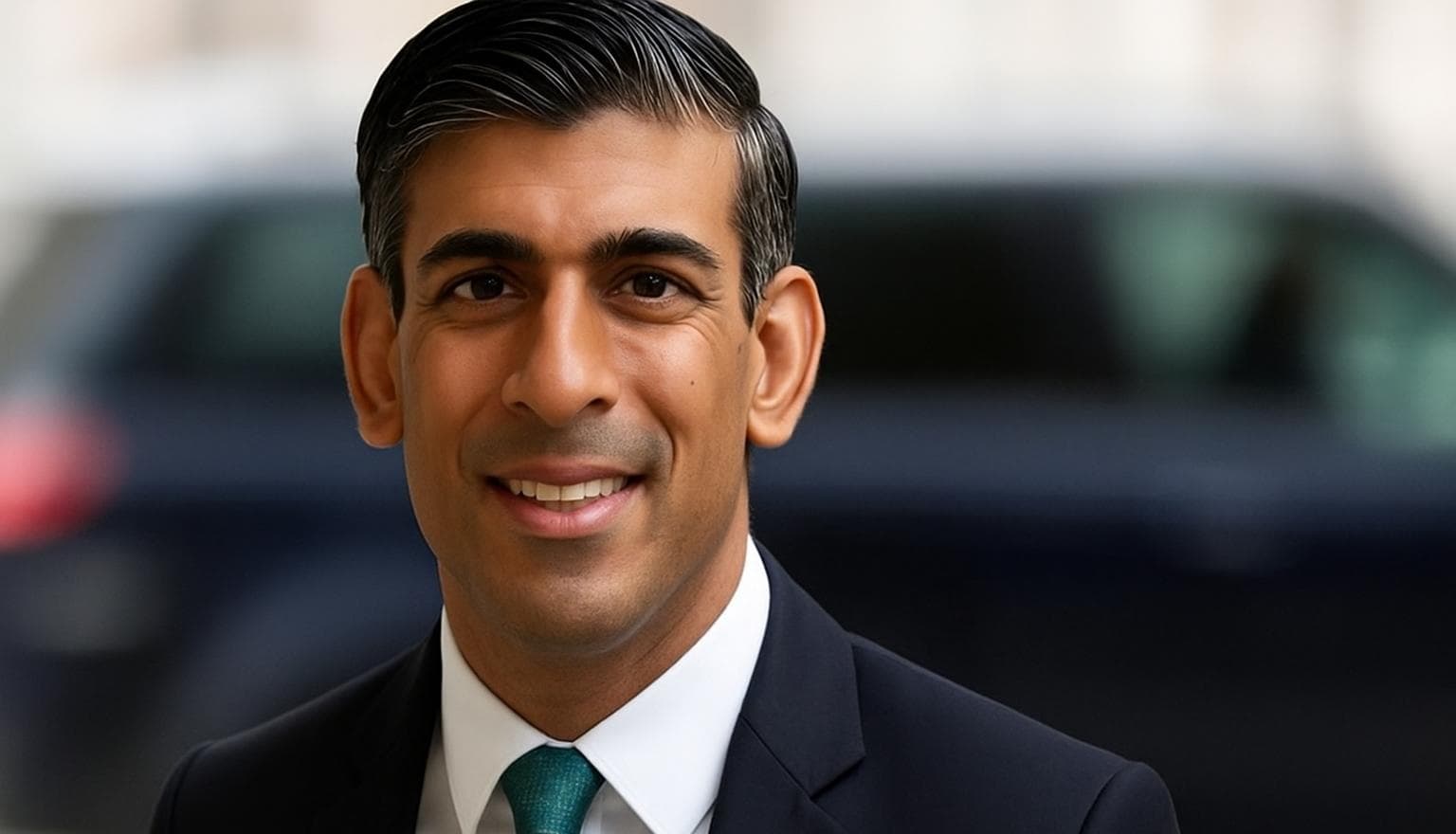Understanding India's Expanding Role in BRICS Trade
India's economic relationship with the BRICS group — Brazil, Russia, India, China, South Africa, and now including newer members like Egypt, Ethiopia, Indonesia, Iran, Saudi Arabia, and the UAE — is gaining unprecedented momentum. In 2024, India's total trade with this bloc surged to an impressive $399 billion, maintaining a robust growth rate of about 20% annually since 2020.
The Gateway to Massive Markets
BRICS countries together represent almost half of the world’s population and approximately 40% of the global GDP. This offers India unparalleled access to vast markets, underscoring BRICS as a strategic platform for advancing India’s ambitions as a global economic powerhouse.
Trade Dynamics: Growth Amidst Imbalances
Despite expanding trade volumes, India’s trade deficit with the BRICS bloc has ballooned nearly threefold in just four years—from $68 billion in 2020 to $209 billion in 2024. Imports now constitute 43% of India’s total imports, up from 35%, signaling increasing dependency on key BRICS economies for critical commodities and industrial inputs.
- Imports climb: India’s imports from BRICS rose to $304 billion in 2024, propelled by an average of 1.76 million barrels per day of crude oil from Russia, which now accounts for 35% of India’s oil import basket.
- Export growth lags: Indian exports to BRICS, at $95 billion, grew at a slower annual pace of 11%, making up about 22% of total exports.
Addressing the Trade Deficit Challenge
The widening deficit owes much to asymmetric trade relations, especially with China and Russia:
- China: India's bilateral trade with China reached $124 billion in 2024. However, India's exports to China dropped by 6% since 2020 while imports increased by 17%, driven by high-value electronics and industrial goods, leading to a substantial $94 billion trade deficit.
- Russia: India’s deficit with Russia exploded to $59 billion, nearly eighteen times the 2020 figure, largely fueled by soaring oil imports against the backdrop of geopolitical shifts like the Ukraine conflict.
These deficits raise critical strategic questions about India’s long-term trade sustainability and emphasize the need for diversified export capabilities and balanced trade policies.
Bright Spots and Strategic Opportunities
Despite challenges, India’s trade relationship with certain BRICS members showcases a more balanced and mutually beneficial trajectory.
- Brazil: A notable exception, India maintains a trade surplus here. Annual export growth to Brazil stands strong at 16%, with imports growing 13%, primarily involving agrochemicals, petroleum products, and sugar.
- Petroleum Products: India’s refining prowess — boasting over 250 million metric tonnes of capacity and ranking seventh globally for refined exports — strengthens its trade leverage within the bloc, especially with six BRICS partners.
Expert Commentary: What Lies Ahead?
From a policy standpoint, India's expanding BRICS engagement is a double-edged sword. On one side, it opens doors to burgeoning markets and energy security through diversified suppliers. On the other, persistent trade deficits with dominant economies like China and Russia could expose India to supply vulnerabilities and geopolitical risks.
Furthermore, India's strategic push to deepen ties with newer BRICS members such as Indonesia and the Gulf nations signals a move to rebalance trade relations and harness emerging opportunities in sectors like technology, green energy, and manufacturing.
Economists argue that India must not only ramp up export competitiveness but also negotiate better trade terms and invest in value-added sectors. This is imperative for transforming BRICS from a platform of dependency into a springboard for sustainable growth and geopolitical influence.
Conclusion
India’s evolving relationship with the BRICS bloc is undoubtedly valuable, offering access to vast markets and critical resources. Yet, without addressing the persistent trade imbalances and strategic vulnerabilities, the full potential of this partnership risks remaining untapped.
As India charts its path forward within this influential coalition, holistic strategies that combine economic diplomacy, innovation-driven exports, and resilient supply chains will be key to harnessing the true worth of BRICS for India's long-term prosperity.

